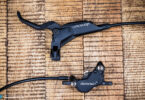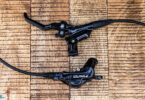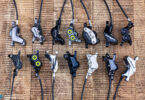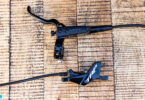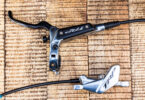When it came to braking, Hayes used to have it all, they were the big dogs, the ones to beat. Then they all but faded into obscurity. Like a phoenix from the ashes, they just dropped their new Hayes Dominion A4 brake, the gauntlet has been thrown down and Hayes want to retake control of the sovereignty.
The €235 Hayes Dominion A4 brake features a ground-up design, a powerful 4 piston cold forged caliper mated to a burly looking master cylinder via a kevlar hose. There’s a lot of sexy marketing jargon, QuickBite2 , MRC, LoFi, but underneath the hype is a real wolf in wolf’s clothing. We have been running a set of Hayes Dominion A4’s for the last 3 months, giving them a real beating. While too short a test to report on long-term durability we have certainly got some feedback on the braking performance.
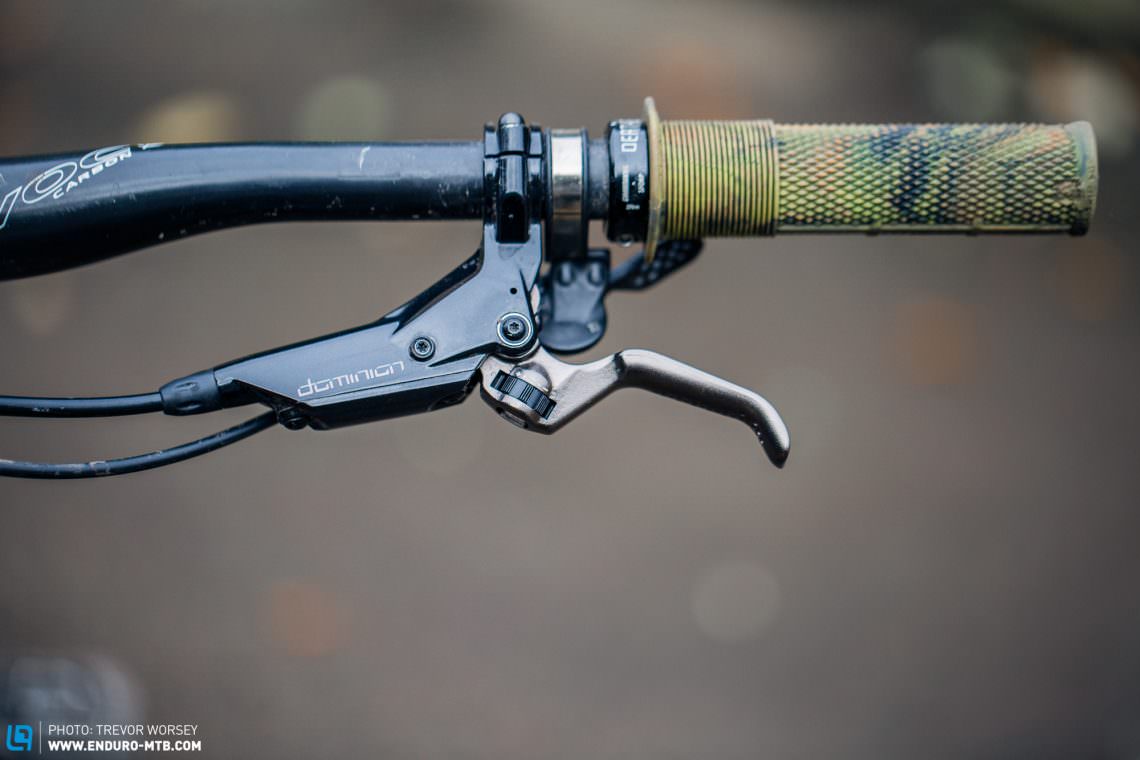

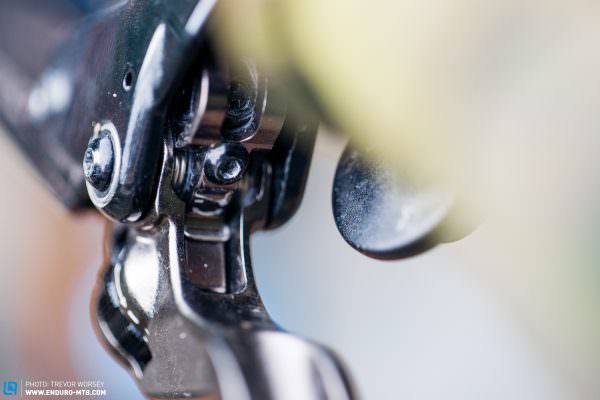
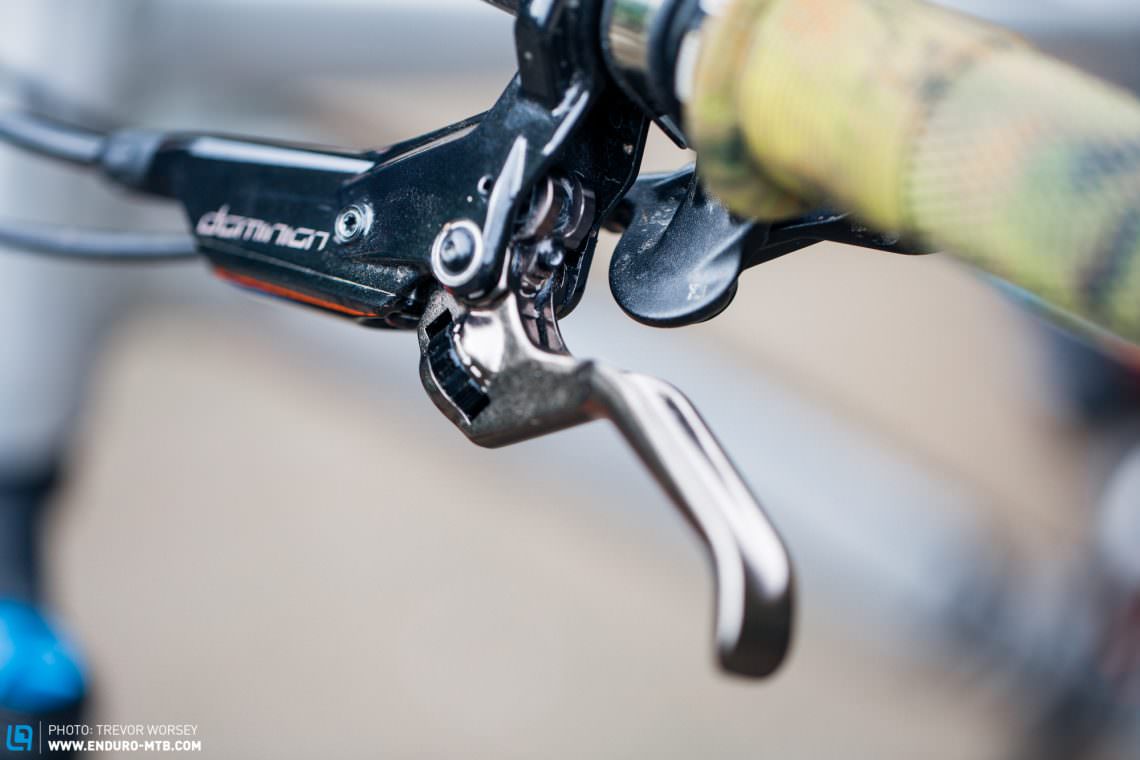
Upon installation of the 307 g Dominion, you start to realise why Hayes is so proud of this new brake. Not only is the hardware and calpier well engineered, with a hose output angled perfectly for neat installation, but the new Cross hair Alignment system is a simple engineering masterstroke. Two small 2 mm grub screws sit inside the caliper mounting surface, to ensure rub free performance simply push the caliper so it contacts the outer surface of the rotor before cinching down the caliper bolts enough to hold it in place. Then you can simply turn the 2 mm alignment screws half-a-turn at a time to accurately move the caliper back over the rotor into position before tightening the bolts. It’s a much more sophisticated and elegant solution than squeezing the lever and hoping the caliper is aligned correctly, just 30 seconds is all that is needed for a precise and rub-free alignment, in a world of imperceptible improvements this is a revelation.
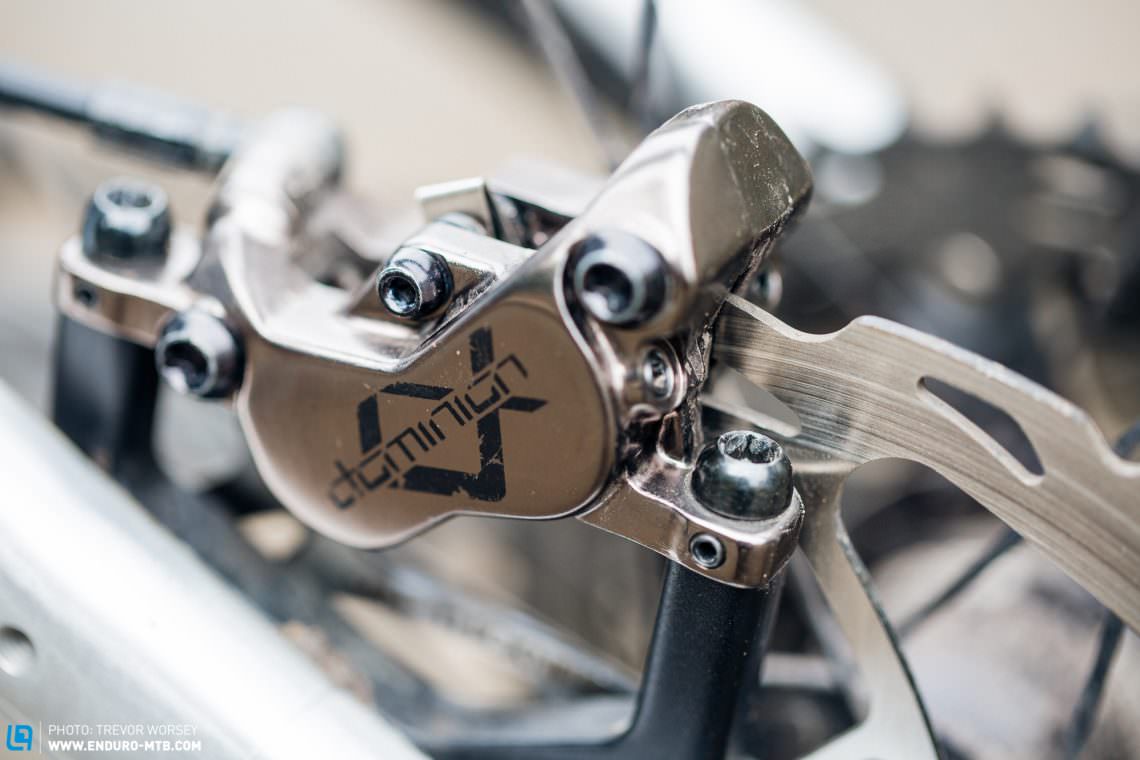
Ride impressions of the Hayes Dominion A4
When testing the Dominions, we really gave them a thrashing. Many uplifted sessions hammering down super steep technical trails and a number of big mountain epics with enough vert and grit to boil almost anything. Overall, the Hayes Dominion’s performance was very impressive indeed, descent after descent we encountered nothing but consistent and precise braking. Hayes has invested considerable design time in reducing friction in the system and the beautifully light and balanced lever action should be considered a great success, late braking is very intuitive, easy to dose and very effective. On long descents we experienced no significant fade, the stock T106 pad compound does squeal a little when wet (even after very careful bedding in) so brake draggers will have nowhere to hide.
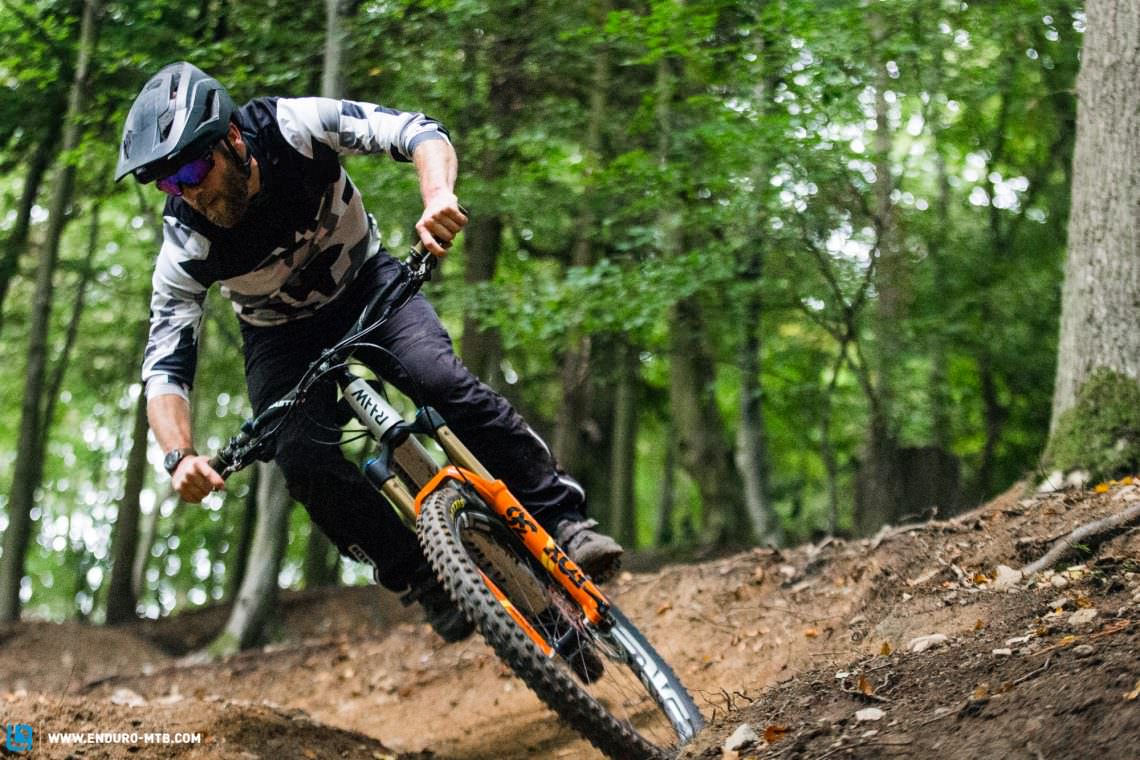
The ergonomics of the lever are outstanding, the strong lever blade moves through its travel effortlessly on cartridge bearings with what must be the lightest action on the market. The wide main pivot ensures no wobble or float, even after a few weeks of thrashing and one significant thump into a tree. The master cylinders sit well on the bar and do not need too much space, and a ‘peacemaker’ clamp is available for those who want to combine the shifter. The reach adjustment is very well designed, a large and comfortable dial allows for the very precise setting of reach for perfect lever feel. However, we were not as impressed with the free-stroke adjuster, a 2 mm allen bolt under the lever which is awkward to access, featuring one turn of adjustment which has around 6 mm of adjustment on the length of stroke. The level of stroke is also linked to the lever travel, if the lever is far out there is less travel before the system builds pressure, roll the lever in and the action is more linear. In terms of adjustment, it’s not quite as tunable as the SRAM Code Contact Adjuster, best to leave it set as it comes from the factory which is in the shortest contact setting.
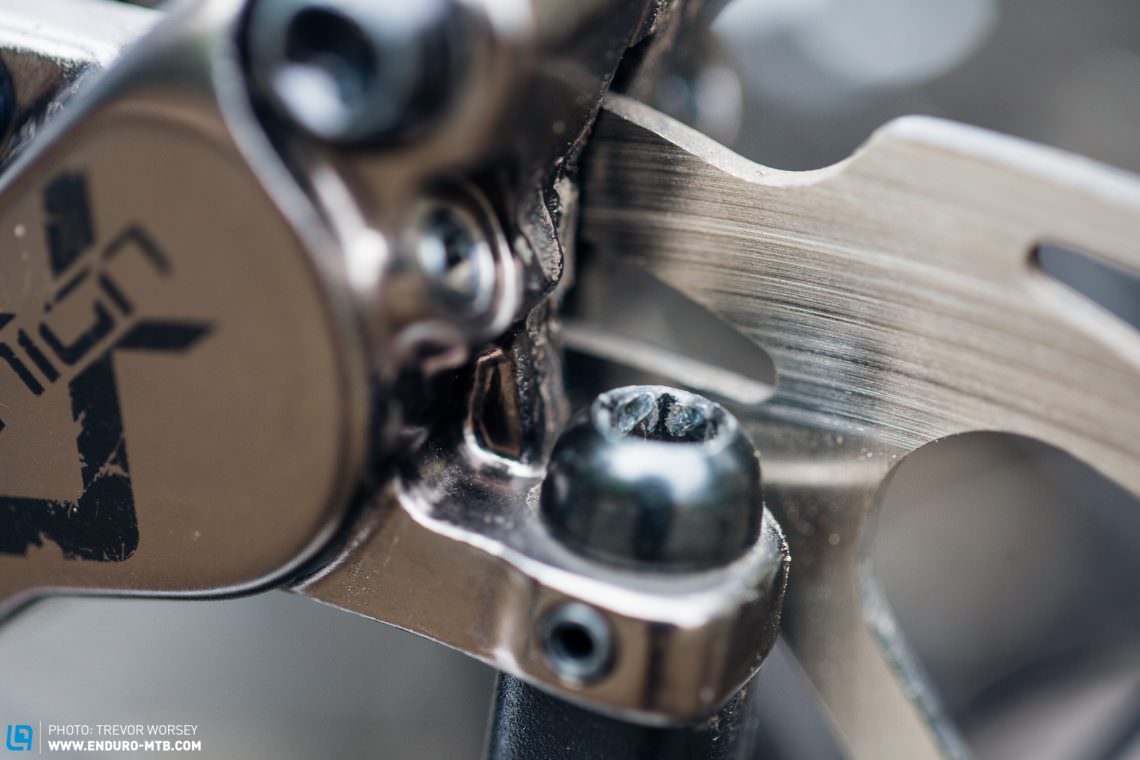
We ran the brakes with a 203 mm / 180 mm rotor pairing and even on a hard-hitting 29er, felt no need to go dual 203mm. The factory T106 semi-metallic pads gave a great balanced performance, but in the end, we choose to use the T100 Sintered Metallic as a lot of the runs were downhill in the wet and the T100 compound had the edge for us. Hayes claims their 1.95 mm thick €51 D-Series rotors have a braking surface that is designed to stop harmonisation with the pad material under braking, in short, not squealing like a stuck pig. While not a revelation in the wet, we will give Hayes credit here as the Hayes Dominion A4’s do remain impressively silent when dry, and the T100’s performed better in the wet.

Two bleed ports on the caliper, why do we need that?
Seeing the ‘Two Stroke’ dual bleed ports on the caliper did get us nervous at first, unreliable brakes are becoming rarer, and bleeds need to be performed less frequently, as such, bleeding should be made simpler, not more complex. However, in reality, the Hayes Dominion is no more complicated than any other brake. In the short testing period, no air entered the system and we did not need to bleed the brake, so we opened the ports and introduced air manually until the brakes felt terrible. We found bleeding the Hayes Dominion is no more complex than any other push/pull syringe system and you only need to use one bleed port in the caliper to get a perfect bleed. The beauty of the ‘Two Stroke’ system is that should you wish, you can use the two ports to flush out the caliper independently if for example, you get some air trapped in there, so it is a nice feature to have if needed.
UPDATE: The brakes we tested came from the very first production run and Hayes were not happy with the surface finish and pad printed decals. A revision was made and the surface finish looks much better and the decals are now lasered onto the brakes. These changes are purely cosmetic so we did not need to retest the brake, but it’s good to know Hayes is pulling no punches when it comes to their top-of-the-line Dominion A4.
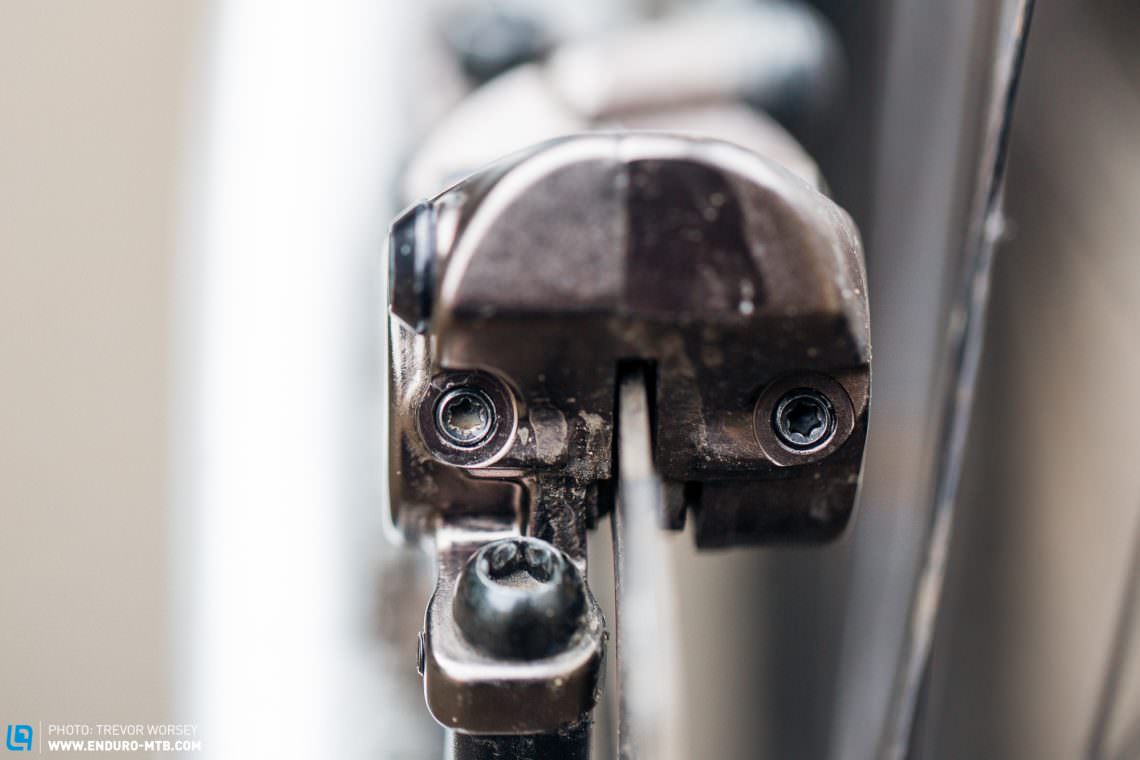
Are they better than SRAM’s Code, the Shimano Saint or Magura’s MT7?
.
There are now some phenomenal brakes on the market, so where does the Hayes Dominion A4 sit against the competition. Very well indeed. At 304g the Hayes Dominion A4 is certainly at the heavier end of the market, but on our scales, the lever and caliper come in at the same weight as the SRAM Code RSC, and performance is similarly top-notch. Lever feel and modulation is as good as the SRAM Code RSC’s which until now have led the class, but the Hayes Dominion A4 have the edge when it comes to power. When it comes to absolute power the Hayes Dominion A4 do not feel as brutal as the Shimano Saints and Magura MT7’s, but offer far better modulation and feel. That said, on the trail they are clearly in the ‘big stopper’ class, delivering a firm pull down from speed, enough to perform the mother of all stopies. At €235 plus €51 per rotor this is certainly a premium brake, lining up against the SRAM Code RSC, Shimano Saint, TRP G-Spec Quadiem and more expensive than the Magura MT7, but judging them on consistency, power and lever feel, the Dominion stands at the top tier of the market.
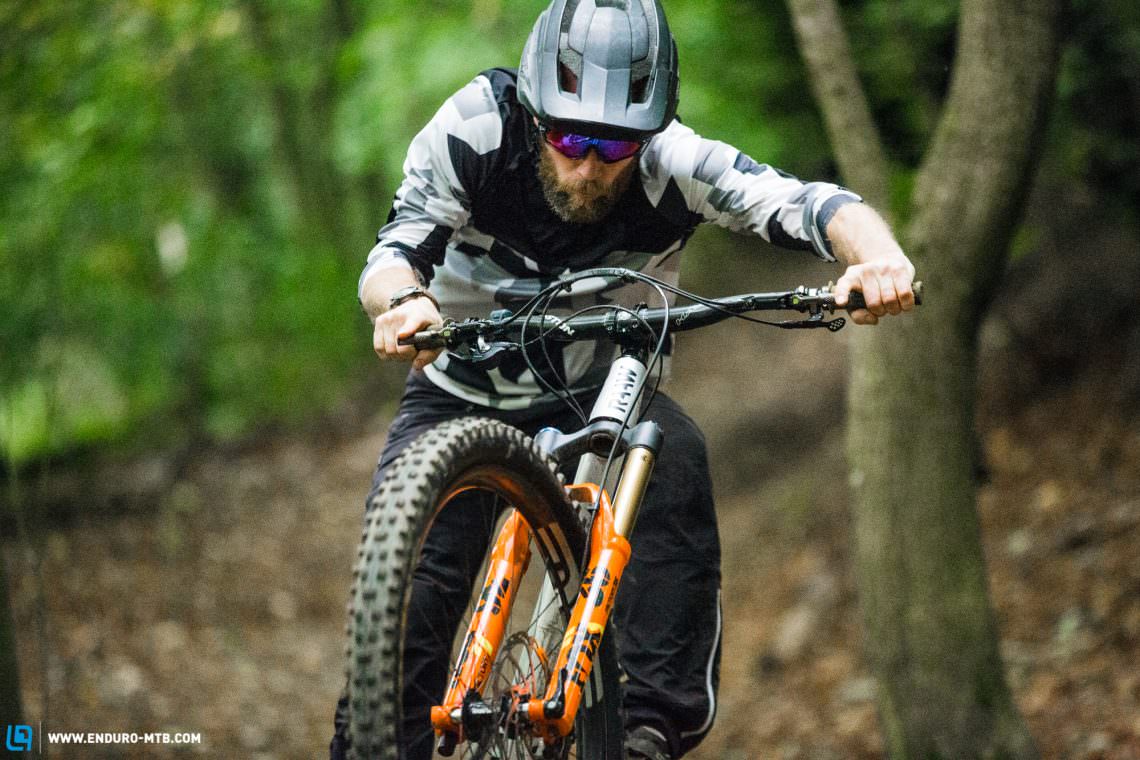
Bottom Line
The Hayes Dominion A4 is well named, Hayes has attempted to establish dominion over the disc brake market and if reliability proves as impressive as performance, they are onto a winner. With power to rival the best, superb build quality and class-leading feel, they are a highly recommended purchase for riders looking for a balanced brake with lots of sensitivity.
For more information you can check out the Hayes website.
Did you enjoy this article? If so, we would be stoked if you decide to support us with a monthly contribution. By becoming a supporter of ENDURO, you will help secure a sustainable future for high-quality mountain bike journalism. Click here to learn more.
Words & Photos:




